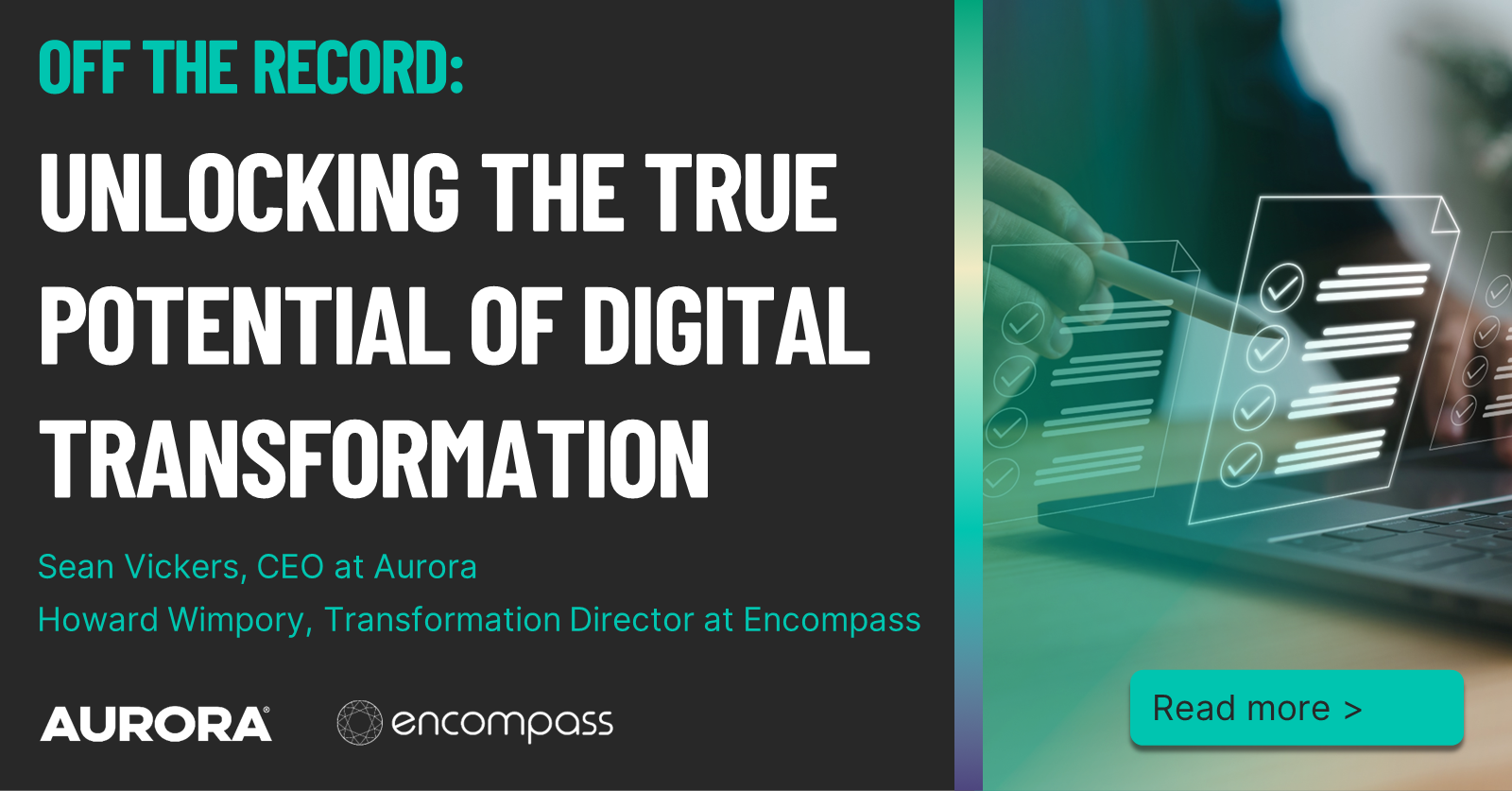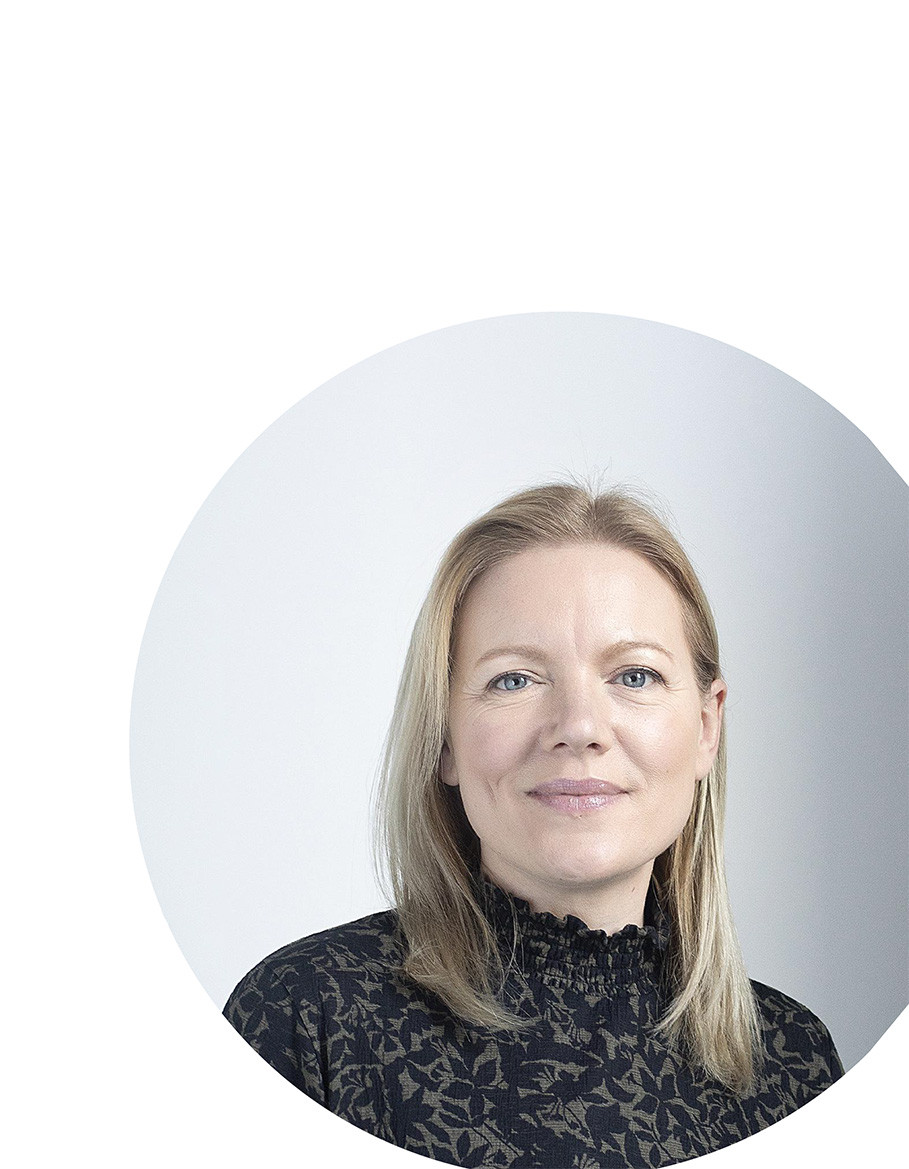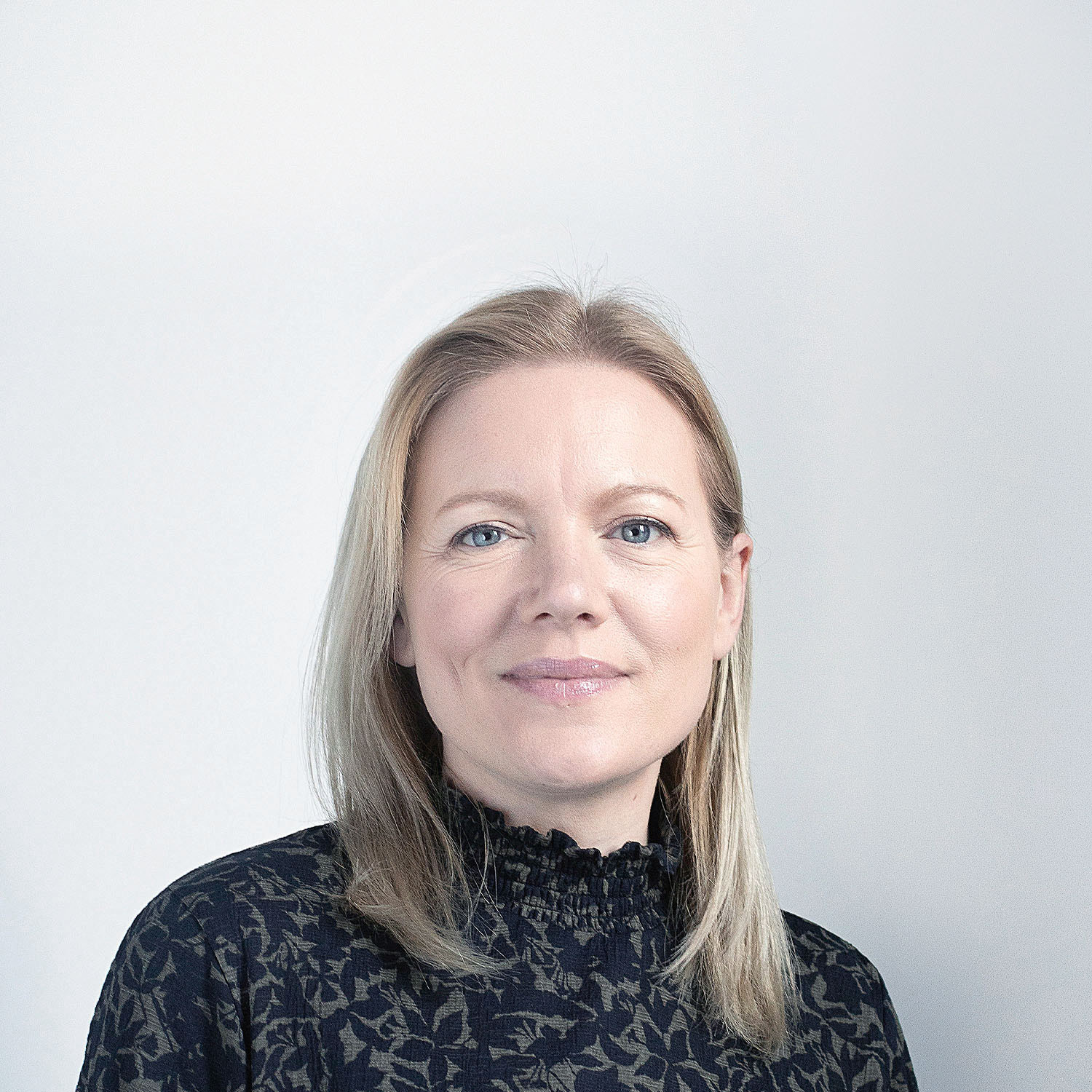
Published on
26 June 2023
Under the category
In this candid conversation, Aurora CEO Sean Vickers and Encompass KYC Transformation Director Howard Wimpory delve into the challenges and misconceptions surrounding digital transformation in the banking industry. They discuss the importance of reimagining processes from start to finish, eliminating manual steps and implementing automated solutions, rather than piecemeal improvements.
Sean Vickers: What do we mean when we talk about digital transformation?
Howard Wimpory: For me, it’s an approach, a mindset, to re-engineer a process from start to finish, taking all the manual pieces, such as handoffs between the various components and turning them into an automated outcome. That’s the ideal end state as opposed to a series of point solutions which each incrementally improves only part of a process.
Sean Vickers: I always joke about taking a Mini Metro and putting a Ferrari sports bumper on it. Digital Transformation often feels like it’s just added on so someone can say they’ve done a piece of digital work.
To get digital transformation right you really need to think about the customer - what they are trying to achieve - then build a journey and process around that. In the world that we work in - across onboarding and KYC - people take wafer thin slices of it and try to solve it. Generally, financial institutions don't look at the end-to-end, partly due to the silos that exist within their organisations.
Financial Services is a complex world in many ways and that very complexity is one of the constraints. If organisations took a pure client view, executives would naturally transcend those barriers.
Of course, there are technologies, financial professionals, and consultants out there trying to solve it, but ultimately, everyone's slightly complicit to this idea of just trying to fix bits of it. If you only do this rather than looking forward and questioning where it’s going, it could become quite choppy and sub-optimal.
When I started my career, I didn't think 25 years on, we'd be here having this conversation, because there is a huge amount of effort, investment and technology that has gone into it. Fundamentally, however, that trifecta is slightly broken, so it becomes very focused on only solving specific parts of the process.
Howard Wimpory: I think there are some examples of good digital transformation in banking. In retail banking, for example, the challenger banks have reinvented the onboarding processes: download an app, take a selfie, send a copy of an ID document, and your account is open. That is reimagining the onboarding journey, rather than an individual in the back office thinking about how to get a process done a bit quicker. They really sat back and started afresh. However, in the corporate space things are more complex so we've defaulted to a lackluster outcome.
Sean Vickers: A lot of challengers have come into that market, starting with a blank sheet of paper, and asked: “What would a true digital journey look like? How can we use technology and data to create an optimal process, to the benefit of our customer?”
That’s when you look back at what's happening in capital markets or at the top end of corporate, and it feels really quite archaic, because the expectation is filtering through. There are a million caveats and complexity, but the reality of the retail story is that it's end-to-end, and that’s where CIB completely falls over. In CIB end-to-end comes down to which fiefdoms individuals own, which adds to the difficulty. The structures within banks don't facilitate a digital journey; they facilitate a person-led process.
Howard Wimpory: Yes, and that bleeds into another question: why is it so difficult? Fiefdoms are a very real constraint because bonuses are based on executives looking after the interests of their fiefdom. The person who asks what is right for the client and pushes that thinking into functions outside their own is a very rare individual indeed. It must come from a very senior position to be able to push the case for change through. Benefit allocation in the business case is another major constraint as to realise benefits, hard budgets are often reduced.
It’s easy for us now, on the outside of the banking industry, looking back in and pointing and poking at it, but it's the reality. Financial Services is complex world in many ways and that very complexity is one of the constraints. If organisations took a pure client view, executives would naturally transcend those barriers, but how do you make that work when it comes to budgets and performance rewards?
Sean Vickers: That’s where the organisational construct of the top end of banking is a hindrance. If someone came in and said: “I’m going to draw on a blank sheet of paper how this should work”, they would not draw how most banks operate today.
Is your outcome a true digital journey or is it operating cost reduction?
There are fundamental questions around the operating model and being bold enough to say that it must change. There are also questions around the validity of the business case: What’s in it? What’s the outcome? How can it be achieved? How do you hold people’s feet to the fire? The reality is, the business case will outlive an executive because they may have moved on or to a different role. How do you maintain that energy? How do you measure that you've achieved the outcome that you wanted? If you can't measure it, how can you deem something successful at all?
Howard Wimpory: The points about seniors moving on and measurement criteria, are very real. Banks know the details of where improvements can be made, however there is often reticence to open and share the detail with a vendor, for example. Understanding what really goes on is one of the impediments. It's almost like they are ashamed of it, or they just generally don't trust vendors enough to show you their inner workings. That means it's quite difficult to drive a conversation with the client about a business case, the success factors which underpin it, and essentially the justification for the investment in our product. It’s spookily a one-sided conversation, which is surprising because a rounded business case is essential to secure investment.
Sean Vickers: Of course, but this is about measure, right? We're going to be slightly contentious here but if the measure really is around the customer, the questions to ask would be: How is their experience? What is the net promoter score? What does the true end-to-end look like?
Rather than measuring a bit, which I must say vendors are all guilty of, how do you measure quality across the end-to-end process? How many touchpoints are there with the client compared to average?
Unfortunately, I think the business case is often about how many warm bodies I've reduced in my organisation. I think that's where you get a disconnect. My question would be: Is your outcome a true digital journey or is it operating cost reduction? I think people say one but really mean the other. The other side of that reticence is honesty. I think a lot of these projects are ghosted, so they appear to be one thing but are really are trying to achieve something else, and that in itself will cause you to get a suboptimal outcome.
Howard Wimpory: Yes, you're so right. I've had limited experience with clients that have got a truly senior and exceptionally well-motivated sponsor who can blast through those barriers and create a properly enhancing outcome, but they're the rarity. Most people must stand on their own two feet, so the sharing of the benefits becomes limited as both the sponsor and the vendor try to control the success criteria to things that they directly influence. It's a constraint that we must find a way around if we really, really want to drive change. I've seen, as I'm sure you did, a business owner that owns all the constituent parts of it as well as the disaggregated model broken into separate functions. My view is that the disaggregated model is the problem now and is the one that’s least likely to deliver a proper end-to-end journey transformation.
Imagine a CEO of a business who is truly and directly accountable for the revenue, costs, and functions supporting it. They’ll invest their money because they believe in the business case and are able to see it through to achieve all the predicted benefits. They are best placed to ensure the clients benefit which drives income up.
If someone came in and said: "I'm going to draw on a blank sheet of paper how this should work", they would not draw how most banks operate today.
Sean Vickers: It's spot-on because, when you think about it, we're back in organisational conflict. I come back to my overarching principle that we're all in this together, right? The banks might come to technology asking you to solve it or a consortium asking them to create the ultimate operating model, but there's also some give and take on the bank side required. That would be just pushing it onto someone else.
That also comes down to the fractured idea of a customer. If you think about a digital journey, it starts with a customer - all these things do - whether it's regulatory or whether it's onboarding. There is a customer asking for something, but at some point, that customer becomes almost hypothetical because people are doing a set of processes that are not connected to the end client and their need. That's all part of the problem, which passes from front to middle office to operations. It's just another item on a queue, rather than the recognition that it’s an actual customer request. The reason why the digital journey in retail and wealth works better is it's shorter, sharper, truly digital, and the customer is at the forefront throughout. Every question at each point in the journey is: What are we doing and why? I think that is lacking greatly in the processes that we see elsewhere in Financial Services today.
As you say Howard, it's very easy for us to throw stones because we've now left those organisations, but what we do get is perspective. This is not unique either; it's industry wide. It's prevalent across all organisations that have built their operating model and their organisational construct in a certain way.
Howard Wimpory: We find that when we help our clients build their business cases, we are trying very hard to bring in all the stakeholders that should have an interest in it and it's not as easy as it should be. The client’s investment application process is often driven by Operations as that’s where the more readily identifiable benefits arise. There’s inflexibility in their process to allow widely syndicated benefits as it then becomes difficult for one person to be accountable. If multiple owners were allowed and should the project not fully deliver, it then becomes a blame game about who did their bit and who didn't.
Sean Vickers: Yeah, if there isn’t a head chef and there's just a lot of sous chefs you end up with an okay but weird meal.
Howard Wimpory: Yes, the flavours won’t quite fit together, will they?
Sean Vickers: I think that's what's lacking, which is a sponsor at the right level with the vision and with the gusto really to force this through. Often, what you hear is they haven’t got time, something’s on fire, or that sticking technology over the top of it will fix it. The reality is, if you haven't measured it and if your process is suboptimal, then your technology implementation and your optimisation will all be suboptimal, so it's a little bit ‘chicken and egg’. I fully understand that there's a need to fix it now, but the reality is that investment in really getting the structure right so you can overlay technology and the right processes is priceless. Otherwise, it will bite you. It might not bite that executive because they may have moved on, but it will bite someone.
We need to look at digital journeys - truly look at them - and it may take longer, but the outcome will be better.
Howard Wimpory: Yes, where I've seen the best and most powerful sustained delivery is where they've got a programme in place. The programme mindset creates a more realistic set of expectations as delivery gets broken down into bite-sized chunks. Couple this approach with senior sponsorship and enduring investment and it creates the environment where you can take the first steps on a transformation journey. By contrast we see banks who get stuck in a period of analysis paralysis, if they don't take that first step, they’re never going to get anywhere.
Sean Vickers: By all means, pull something apart because maybe getting a set of eyes on the topic where you have a specialism is good. However, what often occurs is that it just becomes a drift. So, each function adds their own transformation in, and you end up with a myriad of transformation projects. Unless the sponsor pushes back when it’s not aligned with what they're trying to do end-to-end, you end up back where we started this conversation.
This isn’t a whinge and moan session, but it's more a stark reality that unless we do something different collectively as an industry, with a clear outcome, I feel like we'll be doing this again in five years' time, Howard. So, I think being bold is right. We need to look at digital journeys - truly look at them - and it may take longer, but the outcome will be better. The ecosystem of technologists, consultants and banks also need to work together to find the right outcome.
We expect a CTO to fully understand every bit of kit on the street and make some decisions about how they'll hang together. Now, we as consortia and technologists can help that story as we can see who works best together and the combinations of systems that get you a better outcome. Instead of being a single threat we can work with each other to try and solve this stuff.
Howard Wimpory: I think that is a very positive direction to go. We've seen from a technology standpoint, the willingness to partner and to integrate platforms together. That starts to make it an easier and more comprehensive solution for clients to consume. I think you're absolutely right - the consultancies have got a unique view on the totality of the horizon that a CEO would never have time to – because as much as onboarding and KYC is an important part, it's just one of the many things that the CEO has to do. The ecosystem of alliances between consultancies and technologies is what the market can do to help this digital transformation reach the fully intended, revolutionary benefit.
This article was written in collaboration with Encompass.
Keep Reading
Aurora Live » Continue Reading »
Continue Reading »
Aurora CLM
6 November 2024

DORA is coming, but are you ready?
In our latest article, Rebecca Grant, Aurora’s Global Business Manager, unpacks the new Digital Operational Resilience Act (and attempts to make a fairly dry topic a slightly lighter read). Are you ready to embark on your DORA adventure?

Generative AI - The CLM Story
Aurora Business Analyst Rohan Toor takes a look at the role of Generative AI in Client Lifecycle Management.
Still haven't
found what you're
looking for?Get in Touch
Be the early bird and get in touch today if you have any questions, thoughts or ideas. We’d love to hear from you.
Book an appointment today
Go to Calendly
 Home
Home


